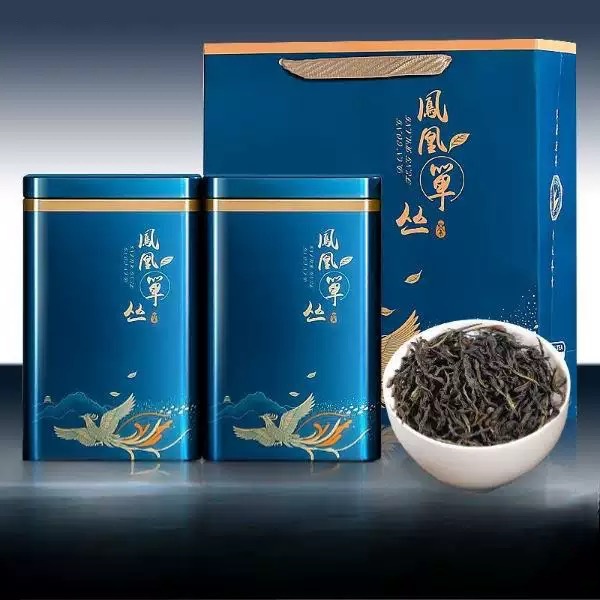
# The Origins and Evolution of Oolong Tea
## Introduction
Keyword: Origin and History of Oolong Tea
Oolong tea, a traditional Chinese tea with a rich history, occupies a unique position between green and black teas. Its partially oxidized leaves produce a distinctive flavor profile that has captivated tea enthusiasts for centuries. This article explores the fascinating origins and evolution of oolong tea from its early beginnings to its current global popularity.
## The Birth of Oolong Tea
The exact origins of oolong tea remain somewhat mysterious, with several competing theories about its creation. Most historians agree that oolong tea first appeared during the Ming Dynasty (1368-1644) in China’s Fujian province.
One popular legend suggests that oolong tea was discovered accidentally by a tea farmer named Wu Liang (later corrupted to “oolong”). According to the story, Wu Liang was distracted after a day of tea picking and left his leaves to oxidize longer than intended. Rather than discard the “ruined” leaves, he processed them anyway and created the first batch of what we now know as oolong tea.
## Early Development in Fujian
The Wuyi Mountains in northern Fujian became the cradle of oolong tea production. Tea makers in this region developed sophisticated techniques to control oxidation levels, creating teas with varying degrees of roast and complex flavor profiles.
Two main styles emerged from Fujian:
– Wuyi Rock Teas (Yancha): Grown in the mineral-rich soil of the Wuyi Mountains, these teas developed distinctive “rock” flavors
– Anxi Tieguanyin: Named after the Buddhist deity Guanyin, this style featured a more floral character with less roasting
## Spread to Taiwan
During the 19th century, oolong tea cultivation spread to Taiwan, where it flourished under different climatic conditions. Taiwanese tea makers adapted Fujianese techniques to their local terroir, creating new oolong varieties.
Notable Taiwanese oolong developments include:
– Dong Ding Oolong: Developed in the mid-19th century using plants brought from Fujian
– High Mountain Oolongs: Grown at elevations above 1,000 meters, these teas developed unique floral and creamy characteristics
– Oriental Beauty: A bug-bitten tea that developed natural sweetness
## Modern Oolong Production
Today, oolong tea production has become more sophisticated while maintaining traditional methods. Modern innovations include:
– Precise oxidation control through temperature and humidity management
– Improved roasting techniques for consistency
– Organic cultivation methods
– Scientific research into tea chemistry and health benefits
## Global Popularity
From its humble beginnings in Fujian, oolong tea has gained international recognition. Its unique processing method and diverse flavor profiles have made it particularly popular among tea connoisseurs worldwide.
Major oolong-producing regions today include:
– Mainland China (Fujian and Guangdong provinces)
– Taiwan
– Thailand
– Vietnam
– India (Darjeeling region)
## Conclusion
The history of oolong tea reflects centuries of tea-making tradition, innovation, and cultural exchange. From its accidental discovery to its current status as one of the world’s most prized teas, oolong continues to evolve while maintaining its essential character. As appreciation for specialty teas grows globally, oolong’s unique position between green and black teas ensures its enduring popularity among tea lovers everywhere.